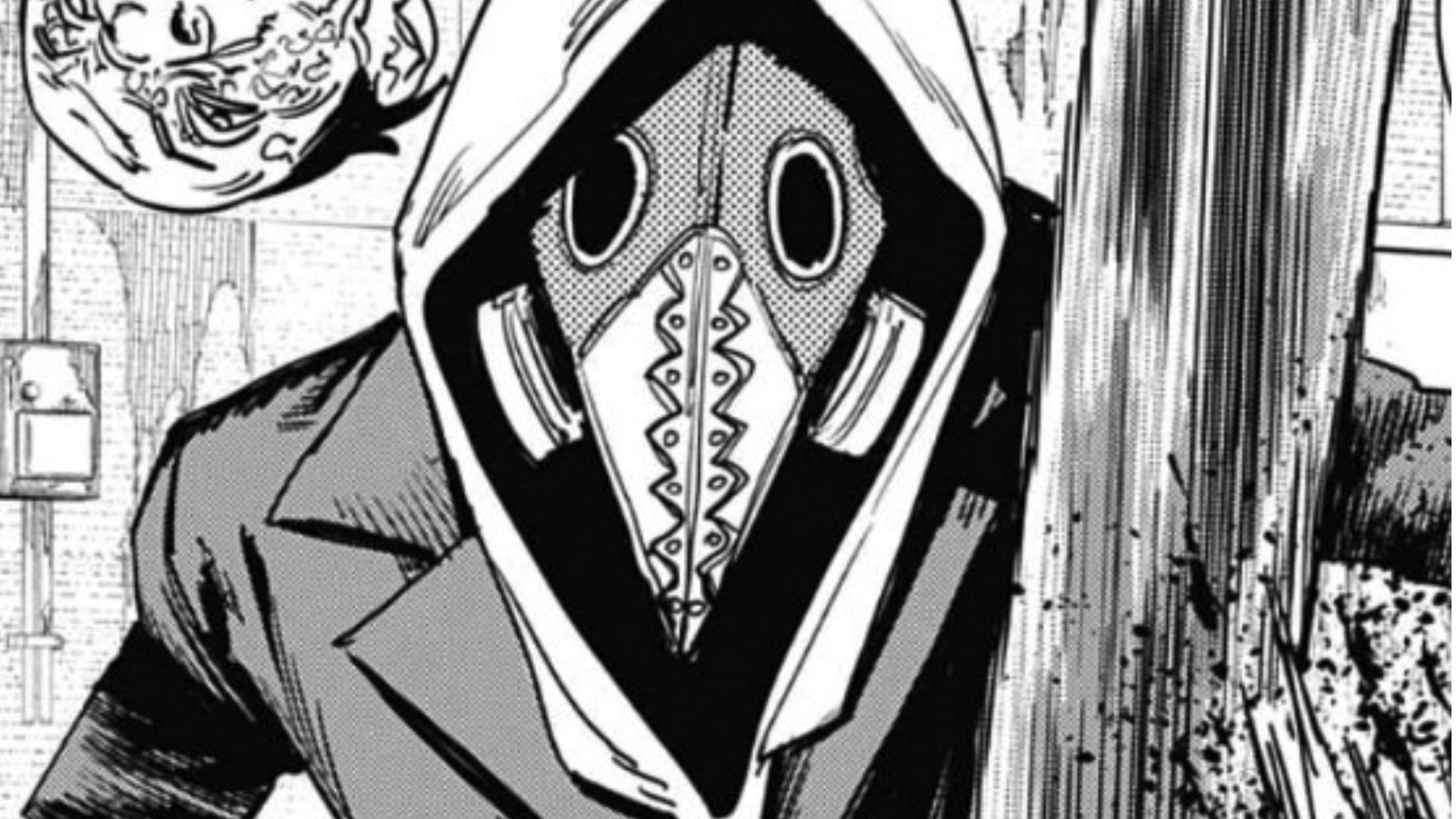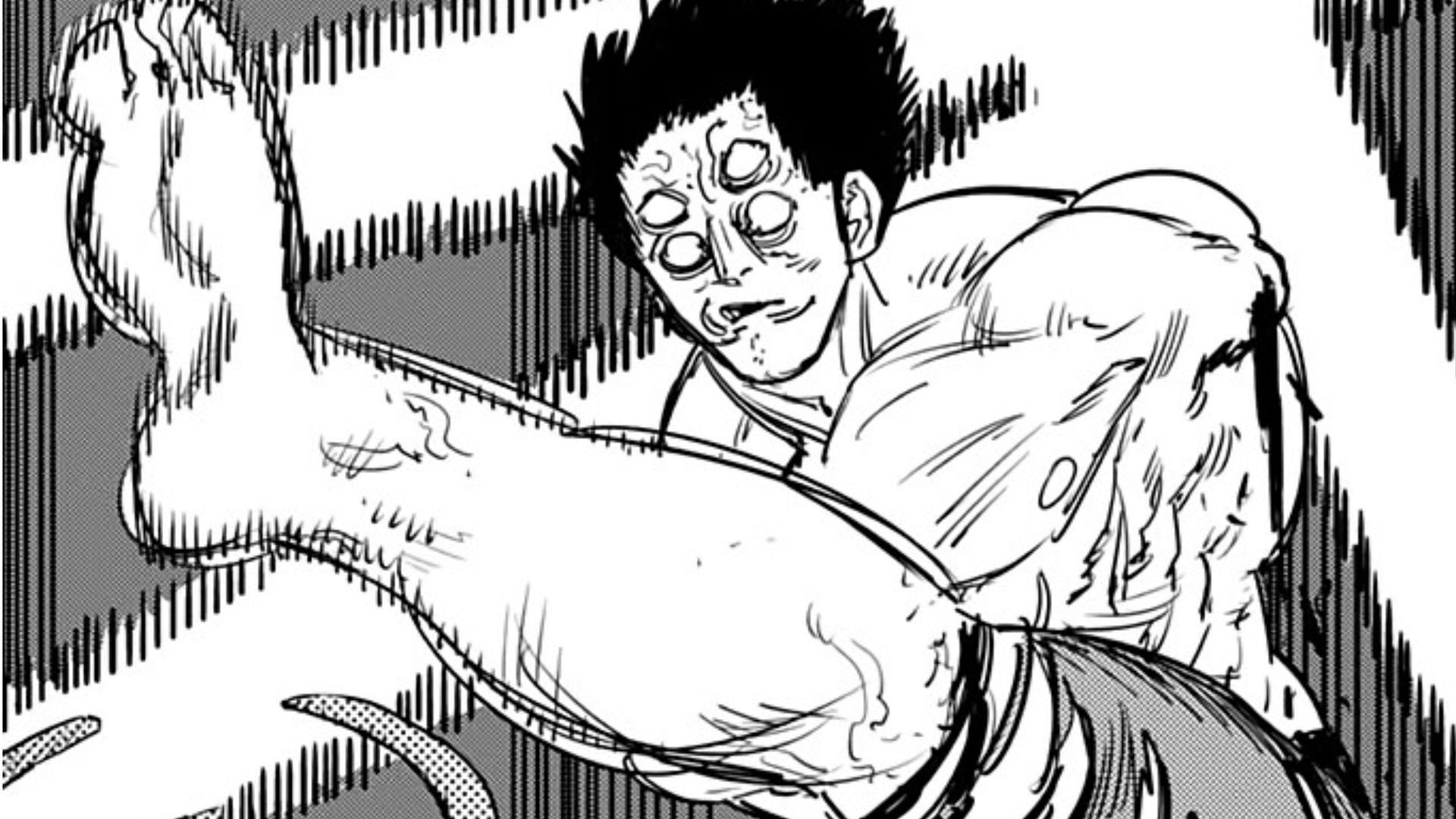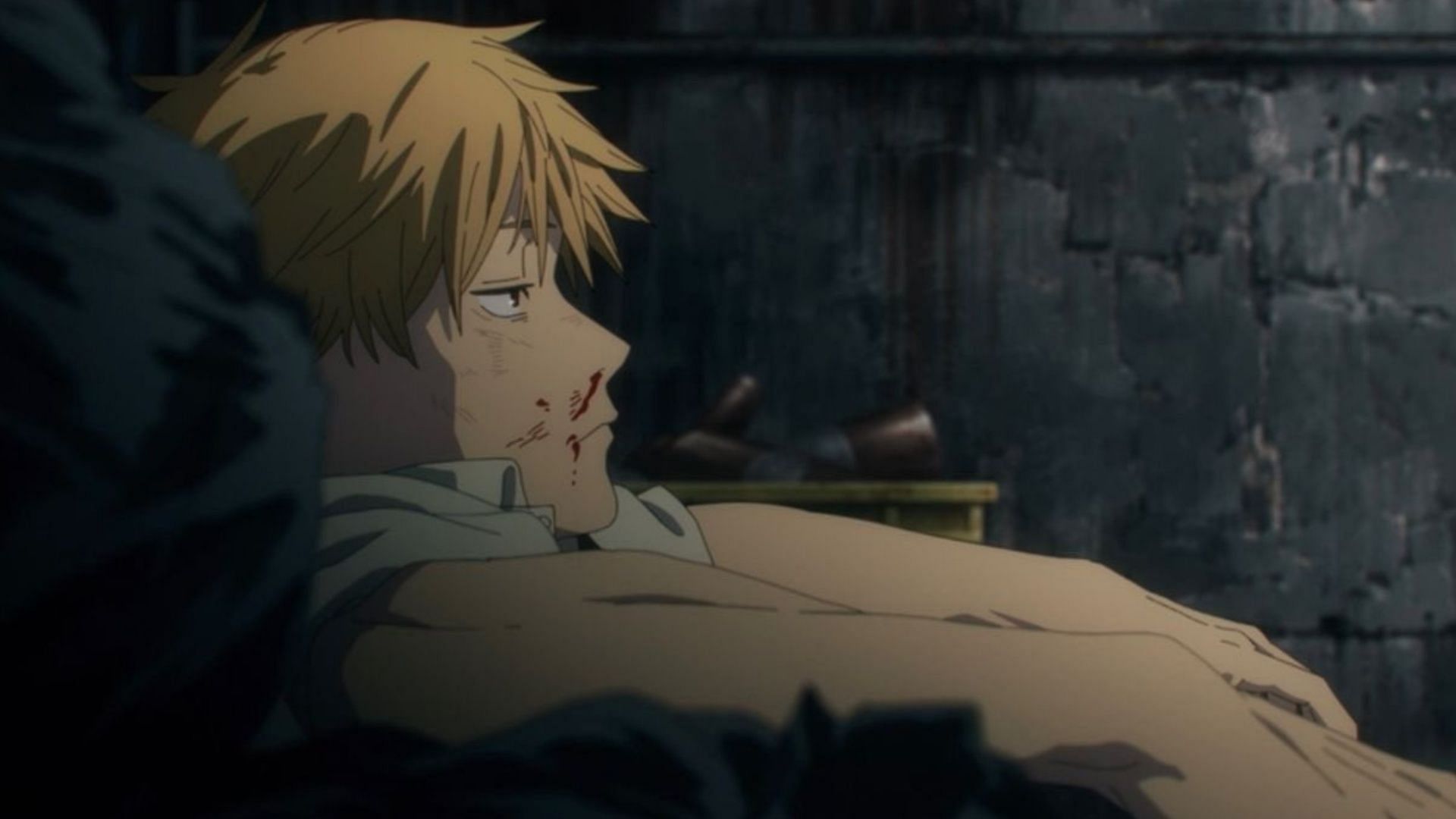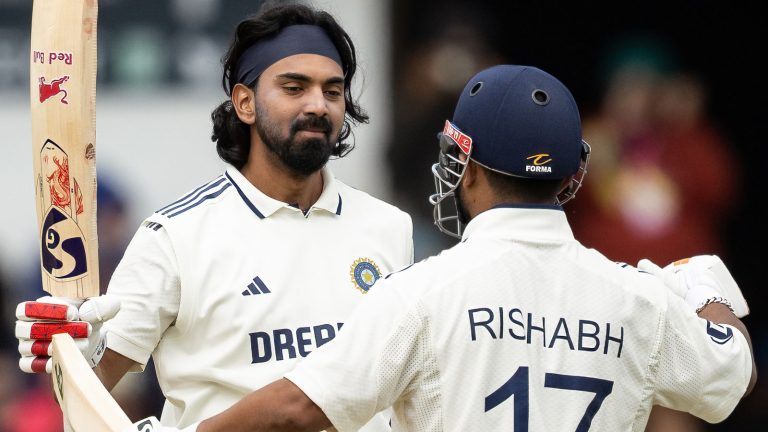In Chainsaw Man, devils gain power from human fear, with primordial devils like Darkness embodying instinctive, universal dreads. Despite its destructive nature, the Violence Devil falls short of this tier. This is because violence, unlike falling or darkness, is not a primal, innate fear but a learned or contextual one. It stems from actions rather than abstract, existential threats.
In Fujimoto’s universe, devils born from fundamental, subconscious fears hold greater power. Violence, while terrifying, lacks the deep, collective psychological roots required to elevate it to primordial status in the fear-driven hierarchy that defines the world’s supernatural balance.
Disclaimer: This article reflects the opinions of the writer.
Why the Violence Devil falls short of primordial status in Chainsaw Man
In the first place, the scope of “violence” diminishes its intense fright. “Darkness” or “Death” is a single punch, primal and forceful; “violence” is a vague term, anything from a fistfight in a schoolyard to a war in the world, a boxing match to a bloodbath.
This ambiguity reduces its potency; not everyone reacts with a visceral, automatic horror to the word “violence” as one might to a final extinction of oneself in the smothering Dark. We are desensitized to stylized violence in sport, in the movies, in video games.
Also read: Chainsaw Man never gave Denji a proper character arc, and that’s the entire point
In the Chainsaw Man setting, where devil attacks are a grim reality, citizens likely become desensitized to brutality, further eroding the pure, undiluted fear required for primordial status. Violence becomes background noise, not a constant, gnawing primal terror.
Furthermore, the entity we encounter, the Violence Fiend, highlights crucial mitigating factors. Crucially, it is not the pure Violence Devil. Fiends, devils inhabiting human corpses, are explicitly stated to be weaker than their pure devil counterparts.
The Violence Fiend’s very existence already represents a diminished state.


More tellingly, its immense power – even in this nerfed form – necessitates constant suppression via poison pumped through its mask. This speaks to the true potential power: enormous, but the actual fear necessary to bring it to the primordial level is not there.
The Japanese word for “violence” that they use here is 騒行 (bōkō), which tends to be interpreted as “assault” or “gang violence,” a more limited fear than the primordials, which are universal fears. That limits its scope compared to the true concepts.
Also read: Chainsaw Man chapter 206 brings Asa and Denji’s story to full circle
The fact that the Violence Devil isn’t even in the primordial pantheon further shows a recurring theme in Chainsaw Man. The power of fear is not in the act, but in the specific, immediate fear that the act produces. Primordial fears hit deep, unrelenting, unescapable human weaknesses. Violence, while scary, is situational, glorifiable, and abstract.
Specific implements of violence – the Gun Devil being the prime example – provoke a far sharper, more focused terror because they represent an immediate, tangible, and ubiquitous threat. Seeing a gun is enough to make most people panic. The word “violence” is unlikely to achieve the same effect.
Also read: You may hate me for this, but there’s only one Fakesaw Man in Chainsaw Man
The Violence Fiend’s limited power is a testament to the untapped potential of the concept, but that power is trapped in the confusing, paradoxical relationship humans have with violence, and it can never reach the pure, ancient terror that makes the true primordials of this cruel world.
Final thoughts


In Chainsaw Man, the Violence Devil’s limits reflect the psychology of fear. Violence is destructive and widespread, but it’s not a universal fear like Darkness or Falling, which are instincts related to survival. Violence is filtered through culture and experience—it’s feared, normalized, and even celebrated—dimming the terror.
The Violence Fiend’s need for poisoning underscores its power, yet also its cap. Unlike primordial fears that bypass thought and strike at the core of existence, violence evokes a mortal dread, potent but fragmented, making it powerful, yet inherently lesser among the devils born of humanity’s deepest fears.
Also read
Edited by Prem Deshpande






